Lyuba the mammoth arrives in UK for Natural History Museum exhibition
She was plucked from the Siberian permafrost where she has hidden for 42,000 years.
But the world’s most complete mammoth will go on show at London’s Natural History Museum at the end of this week.
Lyuba the baby mammoth measures 33inches (85cm) tall and 51 inches (130cm) long – a little larger than a dog.
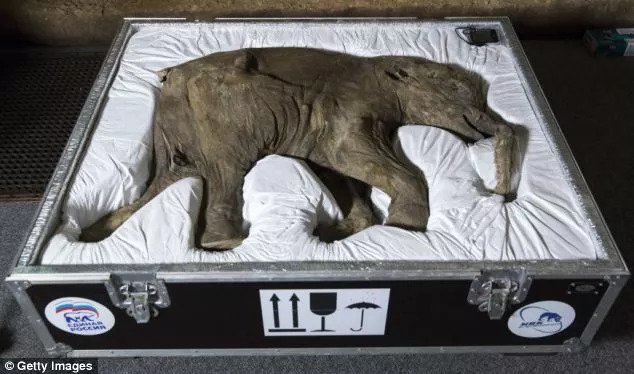
She was discovered in Siberia, Russia in May 2007 by reindeer herder Yuri Khudi and his sons who were searching for wood along the Yuribei River some 42,000 years after the one-month-old mammoth died.
Lyuba is named after Yuri’s wife and her name means love in Russian.
Her body was so well preserved because it was buried in wet clay and mud, which froze, preventing oxygen from decomposing her remains.
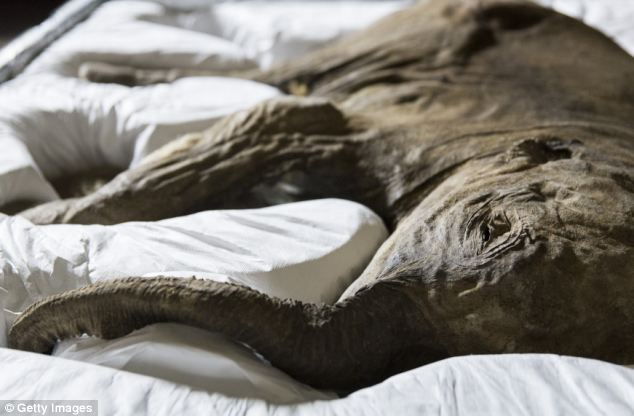

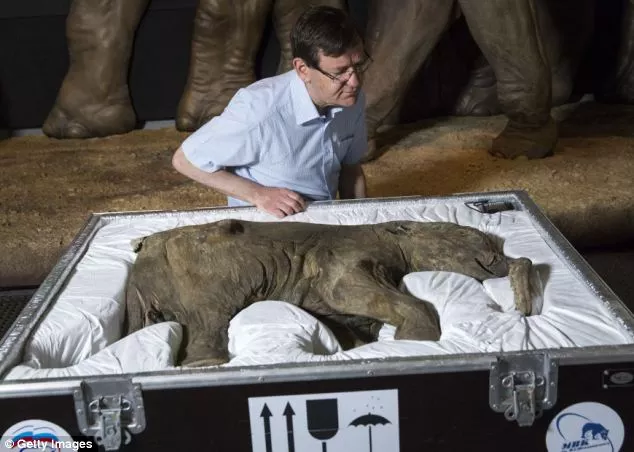
Lyuba is one of a number of the animals to have been found close to the north-west Siberian river in recent years.
Members of the public will be able to see her pristinely preserved body when it forms the centrepiece of an exhibition called Mammoths: Ice Age Giant, which opens on 23 May. It will run until 7 September.
The exhibition is the first opportunity for people to see the baby mammoth in Europe and it will also include realistic life-sized models and skeletons of mammoths and their relatives. Real tusks and teeth from the woolly giants will also go on show.


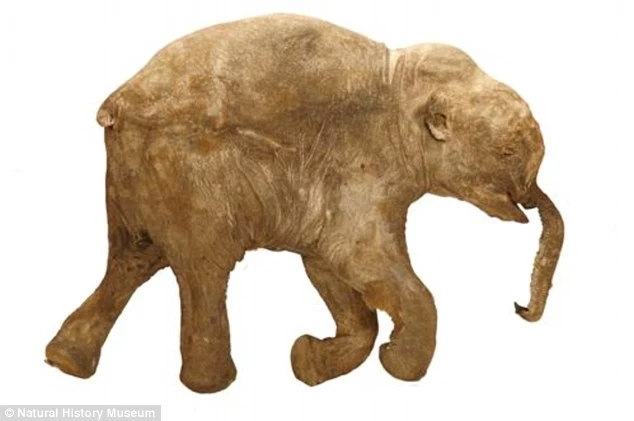

Lyuba has previously been on show at the Shemanovsky Museum in Russia and at exhibitions in Chicago and Hong Kong before that.
Professor Adrian Lister, a mammoth researcher at the Natural History Museum, said: ‘It’s an honour to be showcasing the world’s best preserved mammoth for the first time in western Europe.
‘Lyuba is hugely important for helping us to understand the lives of ice age animals. This exhibition is a once-in-a-lifetime opportunity to meet this amazing creature from more than 40,000 years ago.’

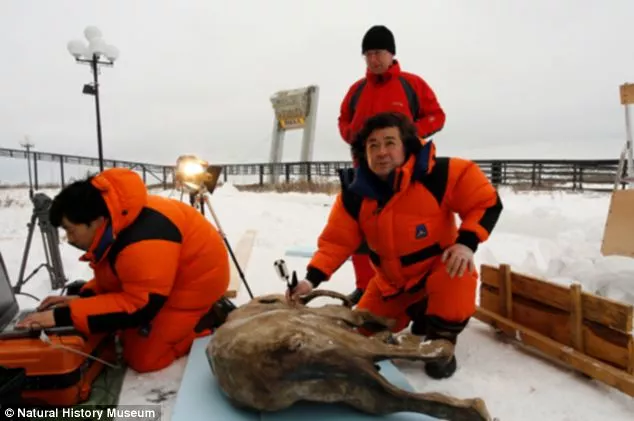
Could We One Day Clone a Mammoth?
Scientists said in March that they have taken a step towards cloning the extinct woolly mammoth and there is a ‘high chance’ it will happen.
Experts expect to extract ‘high quality DNA’ from a 43,000 year old carcass found in Siberia.
Woolly mammoths finally died out in eastern Siberia around 4,000 years ago.
Radik Khayrullin, vice president of the Russian Association of Medical Anthropologists, said: ‘The data we are about to receive will give us a high chance to clone the mammoth.’
But he called for responsibility in bringing the ancient beast back to life, urging that competing teams seeking to win a race to clone the mammoth, not to play God for the sake of it.
‘We must have a reason to do this, as it is one thing to clone it for scientific purpose and another to clone for the sake of curiosity,’ he said.
A cloning attempt would involve a female elephant – the closest living relative of the mammoth – acting as a surrogate mother.




